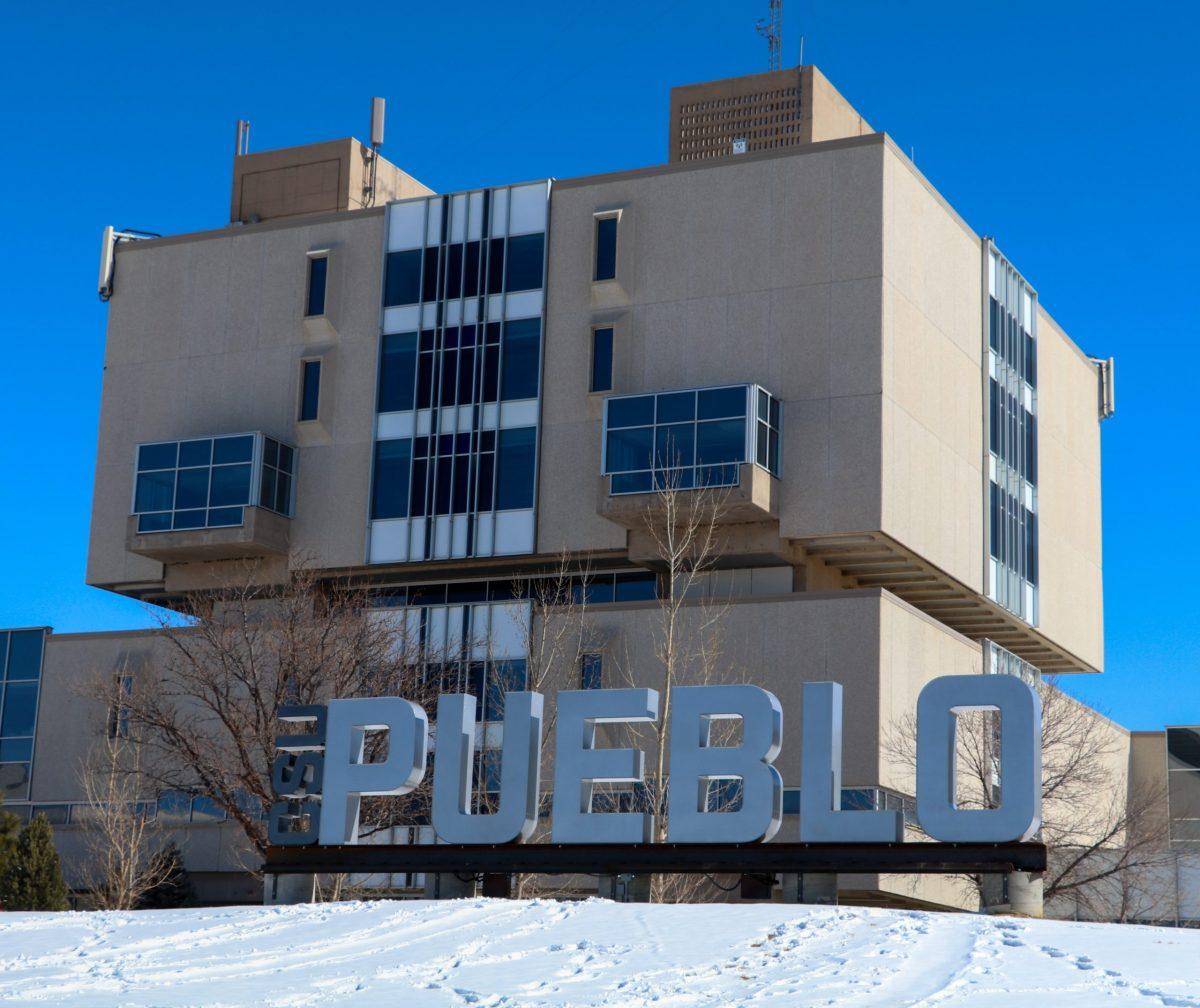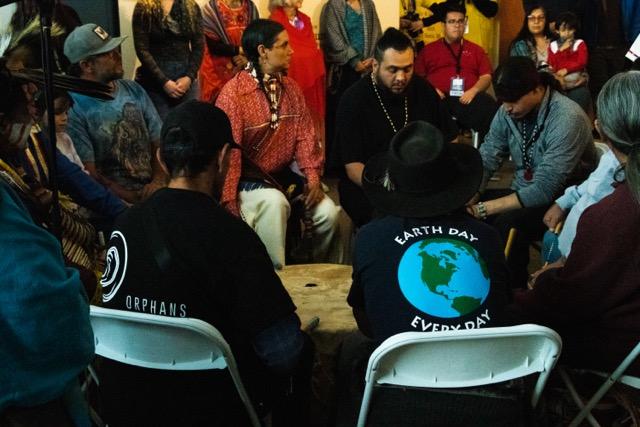
Colorado State University-Pueblo’s Occhiato University Center will be 17.8 percent less expensive to operate per square foot after renovation of the building is complete. The building will also be more efficient to operate.
In the past year, several construction projects have become incorporated into the atmosphere at CSU-Pueblo. The most recent project is the addition to and renovation of the OUC, which is located on the north side of campus.
The OUC construction is currently budgeted at $35 million, with around 10 percent of the budget to be put toward energy saving features. In the end, that budget will be responsible for a 17.8 percent decrease in operation expenses per square foot, according to John Barnosky, director of Planning and Construction at the college.
Like the Library and Academic Resource Center and the new General Classroom Building, the OUC will be LEED certified, a designation that stands for Leadership in Energy and Environmental Design.
“LEED is a green building certification program and buildings must satisfy prerequisites and earn points to achieve different levels of LEED certification,” explained Sarah Spencer-Workman, Sustainability Education Specialist for CSU-Pueblo.
The new OUC will receive a LEED Gold certification, which is the second highest level that can be achieved. In order for a building to be LEED certified, it is assessed across five major credit categories: sustainable sites, water efficiency, energy and atmosphere, materials and resources and indoor environmental quality.
Usually, there are preliminary rises in cost when purchasing materials for constructing a LEED certified building. However, the long-term goal is what is kept in mind.
“The goal is to offset the initial cost increase by reducing long-term operating and maintenance costs,” Barnosky said.
The major energy saving features of the new and revised OUC will include efficient lighting, scheduled management of heating and cooling through what is called a Building Automation System, recycled flooring and wall finishes that will require minimal upkeep and maintenance, as well as several other energy efficient building features, Barnosky said.
“Current energy modelling by our LEED design/build project team is indicating that the new, larger OUC will cost very little more, if any, to operate than the old one. Savings in the long run for the new, energy efficient OUC are currently modelled as being 17.8 percent less costly to operate than a non-LEED baseline building,” he said.
Spencer-Workman said the LEED certification of buildings is beneficial in more ways than one.

“Certified LEED buildings save resources and money while having a positive impact on the health of occupants,” she said.
Currently, there are already many environmentally friendly aspects of the CSU-Pueblo campus. According to both Barnosky and Spencer-Workman, the solar panels on campus currently provide 10 percent of total campus energy. In addition, the current construction on the Art and Music building roof will create a sustainable, energy saving heating and cooling effect for the studios below.
As far as future sustainable projects for the campus, Barnosky said there is a “current capital construction request to renovate and add to the Psychology building” that would also have a LEED Gold certification requirement.
Barnosky said the complete renovation of the OUC is projected to be finished in March of 2018.
Correction: A previous version of this report suggested, in the headline and story, that the Occhiato University Center would be less costly to operate overall. The OUC will be less costly to operate per square foot.









